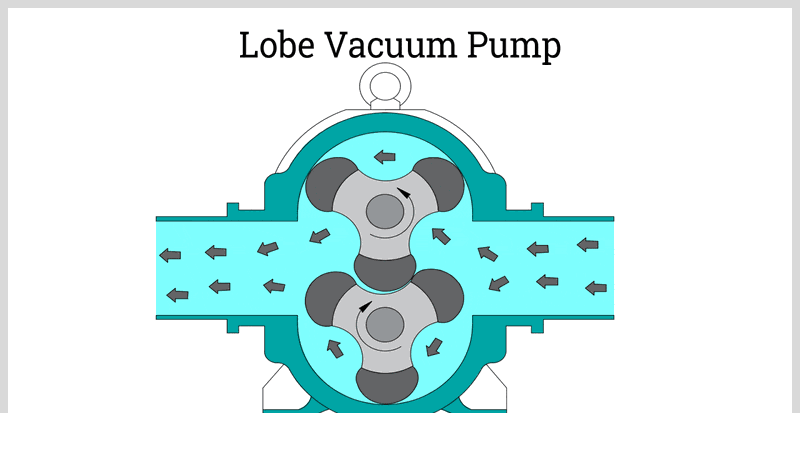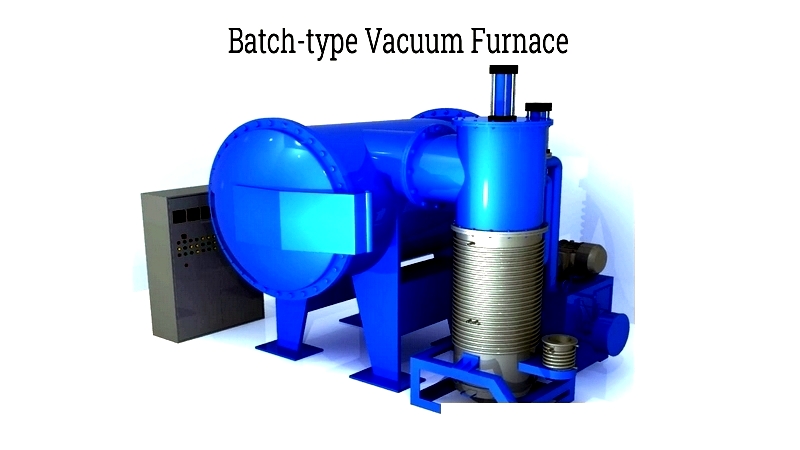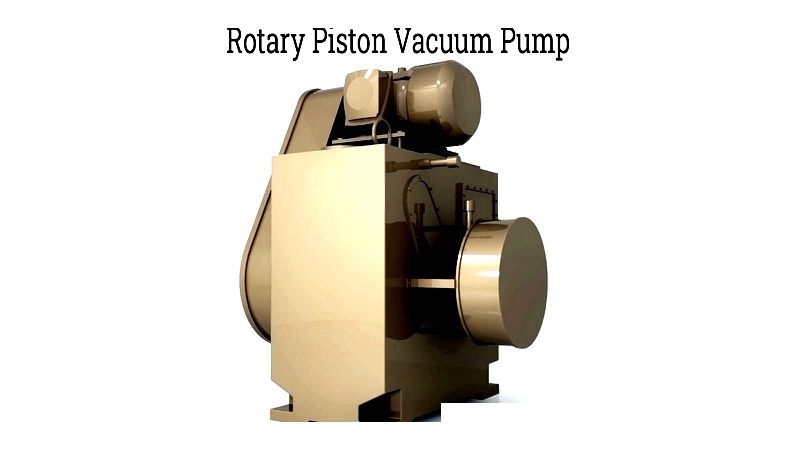Introduction
This article provides industry insights about vacuum systems and vacuum pumps. Continue reading to discover more.
- Overview of vacuum pumps
- Vacuum ranges explained
- Different types of vacuum pumps and how they work
- Comparing wet and dry lubrication
- And additional insights...

Chapter 1: Understanding Vacuum Pumps
A vacuum pump is designed to create partial or low-pressure vacuum conditions by removing gas or air molecules from sealed environments. The term "vacuum" refers to pressure conditions below atmospheric levels, distinct from absolute vacuum (0 Pa) which contains no gas particles.
Atmospheric pressure plays a crucial role in vacuum pump operation. This pressure decreases at higher altitudes and affects machinery performance, including vacuum pumps. The natural tendency of air molecules to move from high to low pressure areas helps create vacuum conditions.
Pumps convert energy into pressure, with their efficiency influenced by atmospheric pressure. Higher atmospheric pressure generally improves vacuum pump performance, which directly affects operating costs and varies with environmental factors like temperature and altitude.
Vacuum levels range from low (1-0.03 bar) to high (down to nanoscale pressures). Industrial applications typically use low and medium vacuums for processes like vacuum gripping, painting, and furnace operations, while high vacuums are essential for specialized laboratory work.

Two primary methods create partial vacuum: gas transfer and entrapment. Gas transfer uses positive displacement or momentum transfer pumps, while entrapment methods capture molecules through condensation, adsorption, or ionization. Each technique offers specific advantages depending on system requirements.

Chapter 2: Vacuum Ranges
Vacuum ranges classify vacuum levels based on absolute pressure measurements within sealed systems. These measurements reflect remaining gas molecules (mainly nitrogen, oxygen, and water vapor) in the chamber. Precise vacuum control is crucial for applications in research, manufacturing, and industrial processing.
Creating vacuum conditions becomes more challenging as pressure decreases. Advanced vacuum technology requires greater energy to achieve lower pressures approaching theoretical perfect vacuum conditions.

Different vacuum ranges require specific pump technologies. Low and medium vacuum applications typically use positive displacement pumps, while high and ultra-high vacuum (UHV) systems require advanced momentum transfer or entrapment pumps for specialized applications.
High vacuum environments are essential for electron microscopy, space simulation, and surface science. These demanding applications use turbomolecular pumps or cryopumps to achieve necessary vacuum levels through molecular acceleration or gas trapping techniques.
Selecting the right vacuum pump requires matching vacuum range to process needs, considering factors like throughput, maintenance, and gas compatibility. Proper pump selection ensures optimal performance across various industries.
Key Considerations for Vacuum Range Selection:
- Application Requirements: Match vacuum levels to specific processes in research, manufacturing, or packaging.
- Pump Selection: Choose appropriate technologies (rotary vane, turbomolecular, etc.) for target pressure ranges.
- Performance Limits: Understand minimum achievable pressures for your application.
- Contaminant Management: Ensure pump compatibility with process gases and particulates.
- Operational Efficiency: evaluate long-term costs, especially for high vacuum systems.
For expert advice on vacuum pump selection and system optimization, consult industry specialists or reputable manufacturers. Proper vacuum technology enhances productivity and supports advanced research and manufacturing processes.




